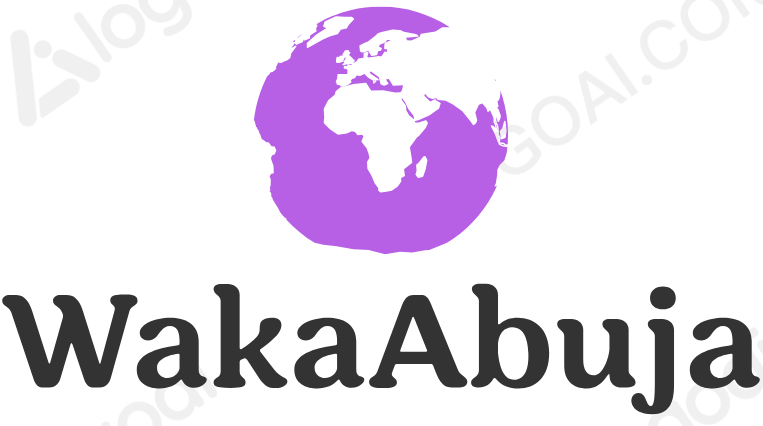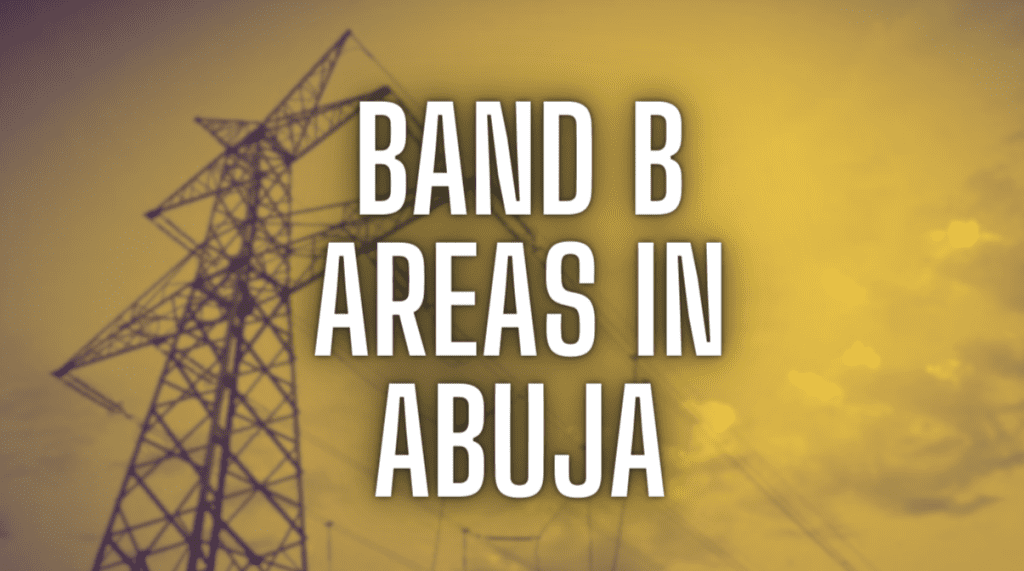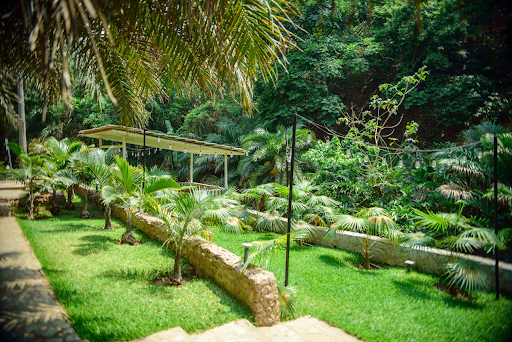Living in Abuja or planning a move to this vibrant city can be easier if you understand the Abuja Electricity Distribution Company (AEDC) tariff system. Knowing the details of Band B under AEDC’s billing structure can help you manage electricity costs more effectively. Here’s a breakdown of AEDC Band B areas, pricing, and what that means for you.
Key Takeaways
- Band B areas offer reliable electricity, suitable for most modern living and working needs.
- Pricing is fair, but it’s essential to manage your energy consumption wisely.
- Popular neighborhoods like Gwarinpa and Jabi make Band B zones a great choice for expatriates and locals alike.
What is AEDC Band B?
AEDC divides its customers into different bands based on electricity supply hours and reliability. Band B customers enjoy between 16 and 20 hours of electricity daily, making it a significant upgrade from Band C but slightly below the luxury of Band A.
Why It Matters:
- Reliable power means fewer interruptions.
- Stable supply reduces the cost of alternative energy sources like generators.
- Pricing aligns with the level of service provided.
Personal Insights
“During my six-month stay in Gwarinpa, I lived in a Band B zone. Knowing I could rely on consistent electricity allowed me to set up a home office comfortably. Compared to my friends in Band C areas, I saved a fortune on generator fuel!”
Areas Covered Under AEDC Band B
Here are some of the prominent neighborhoods classified as Band B:
- Gwarinpa: Known for its serene environment and proximity to major landmarks.
- Life Camp: A hub for expatriates and upper-middle-class residents.
- Lugbe: Affordable housing options with decent infrastructure.
- Jabi: Home to Jabi Lake Mall and several recreational facilities.
| Business Unit | Feeder Name | Service Band | Cap (kWh) |
|---|---|---|---|
| Abaji Area Office | GW_L36_L2_FD1 | B | 149 |
| Abaji Area Office | GW_L36_PL_PL | B | 81 |
| Ado | AT8_UKE/MASAKAA_PL_PL | B | 91 |
| Ado | AT9_K2_PL_PL | B | 74 |
| Ado | AT9_K4_J22_FD1 | B | 90 |
| Ado | AT9_K5_PL_PL | B | 78 |
| Bida | MINNA_FUT_PL_PL | B | 153 |
| Bosso | MINNA_FUT_PL_PL | B | 119 |
| Bwari | AT4_BWARI FDR_PL_PL | B | 87 |
| Bwari | AT4_DEIDEI FDR_MOPOL_FD2 | B | 143 |
| Bwari | AT4_DEIDEI FDR_PL_PL | B | 134 |
| Bwari | AT4_KUBWA FDR_PL_PL | B | 100 |
| Gbazango Area Office | AT4_DEIDEI FDR_MOPOL_FD2 | B | 85 |
| Gbazango Area Office | AT4_DEIDEI FDR_PL_PL | B | 128 |
| Gbazango Area Office | AT4_KUBWA FDR_K2_FD1 | B | 100 |
| Gwagwalada | GW_L31_PL_PL | B | 101 |
| Gwagwalada | GW_L32_PL_PL | B | 181 |
| Gwagwalada | GW_L36_PL_PL | B | 84 |
| Gwarimpa | AT2_GWARINPA FDR_M43_SETRACO | B | 371 |
| Gwarimpa | AT4_DAWAKI FDR_M44_FD1 | B | 352 |
| Gwarimpa | AT4_DAWAKI FDR_M44_FD2 | B | 321 |
| Gwarimpa | CUSTOMERS NOW BEING FED FROM AT4_DAWAKI FDR_M44_FD1 | B | 200 |
| Gwarimpa | AT5_FDR 8_M2_2B | B | 102 |
| Gwarimpa | AT8_KEFFI_PL_PL | B | 202 |
| Jabi | AT2_GWARINPA FDR_M43_SETRACO | B | 102 |
| Jabi | AT2_GWARINPA FDR_M43_SETRACO | B | 203 |
| Jabi | AT2_JABI FDR_PL_PL | B | 391 |
| Jabi | AT2_LIFECAMP FDR_T1_LINE E | B | 238 |
| Jabi | AT5_FDR 8_M2_1B | B | 100 |
| Jabi | AT5_FDR 8_M2_6B | B | 99 |
| Jabi | AT5_FDR 8_M2_1B | B | 311 |
| Garki | AT9_K2_PL_PL | B | 258 |
| Gwagwalada | KUKWABA_L31_PL_PL | B | 109 |
| Gwagwalada | GW_L36_L2_FD2 | B | 84 |
Each of these neighborhoods balances affordability with quality living conditions, making them ideal for professionals and families.
Pricing and Tariffs
AEDC tariffs vary depending on the band and energy consumption. Here’s a breakdown for Band B as of December 2024:
| Consumption (kWh) | Price per kWh (₦) | Estimated Monthly Cost (₦) |
|---|---|---|
| 0-50 | 42.73 | 2,136 |
| 51-200 | 46.93 | 9,386 |
| 201+ | 52.63 | 15,789 |
Pros and Cons of Living in AEDC Band B Areas
Pros:
- Reliable electricity supply (16-20 hours daily).
- Moderate electricity pricing compared to higher bands.
- Ideal for home offices, SMEs, and families.
Cons:
- Slightly higher tariffs compared to Band C.
- Occasional outages during grid maintenance.
Frequently Asked Questions (FAQs)
1. How can I confirm if my area falls under Band B?
Visit the official AEDC website or contact customer service to check your area’s classification.
2. Can Band B areas be upgraded to Band A?
Yes, areas with significant infrastructure improvements can move up.
3. How can I reduce my electricity bills?
Invest in energy-efficient appliances, monitor your daily usage, and take advantage of prepaid meters.
Final Thoughts
Living in an AEDC Band B area is an excellent balance between cost and convenience in Abuja. Whether you’re working remotely, running a business, or settling down with family, this tariff band ensures you have the power you need without breaking the bank.
Relevant External Links
Make the most of your electricity plan in Abuja with this guide.




